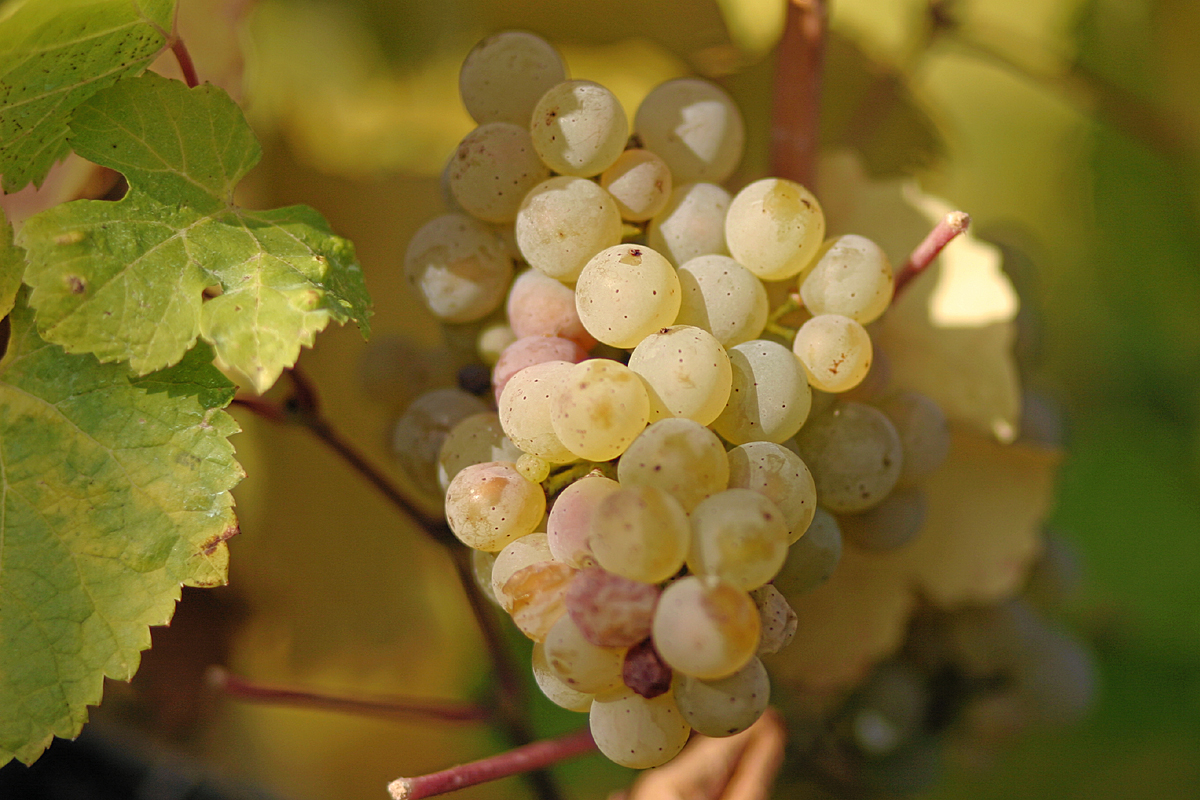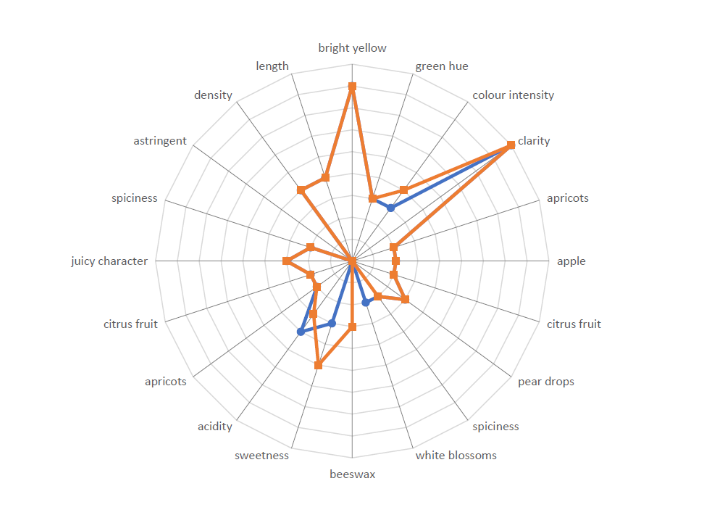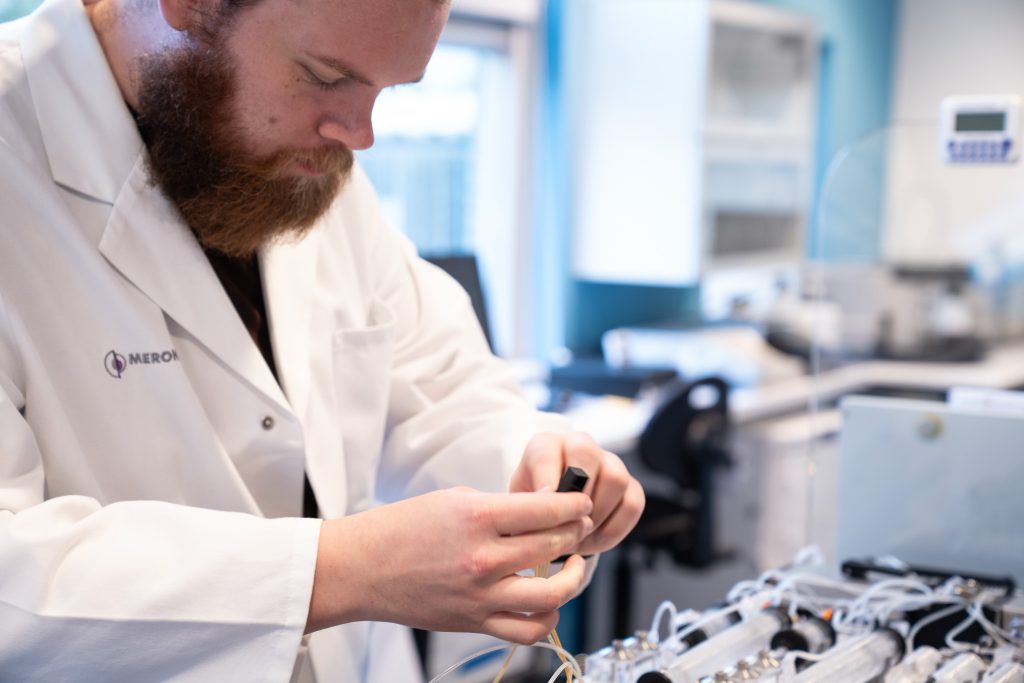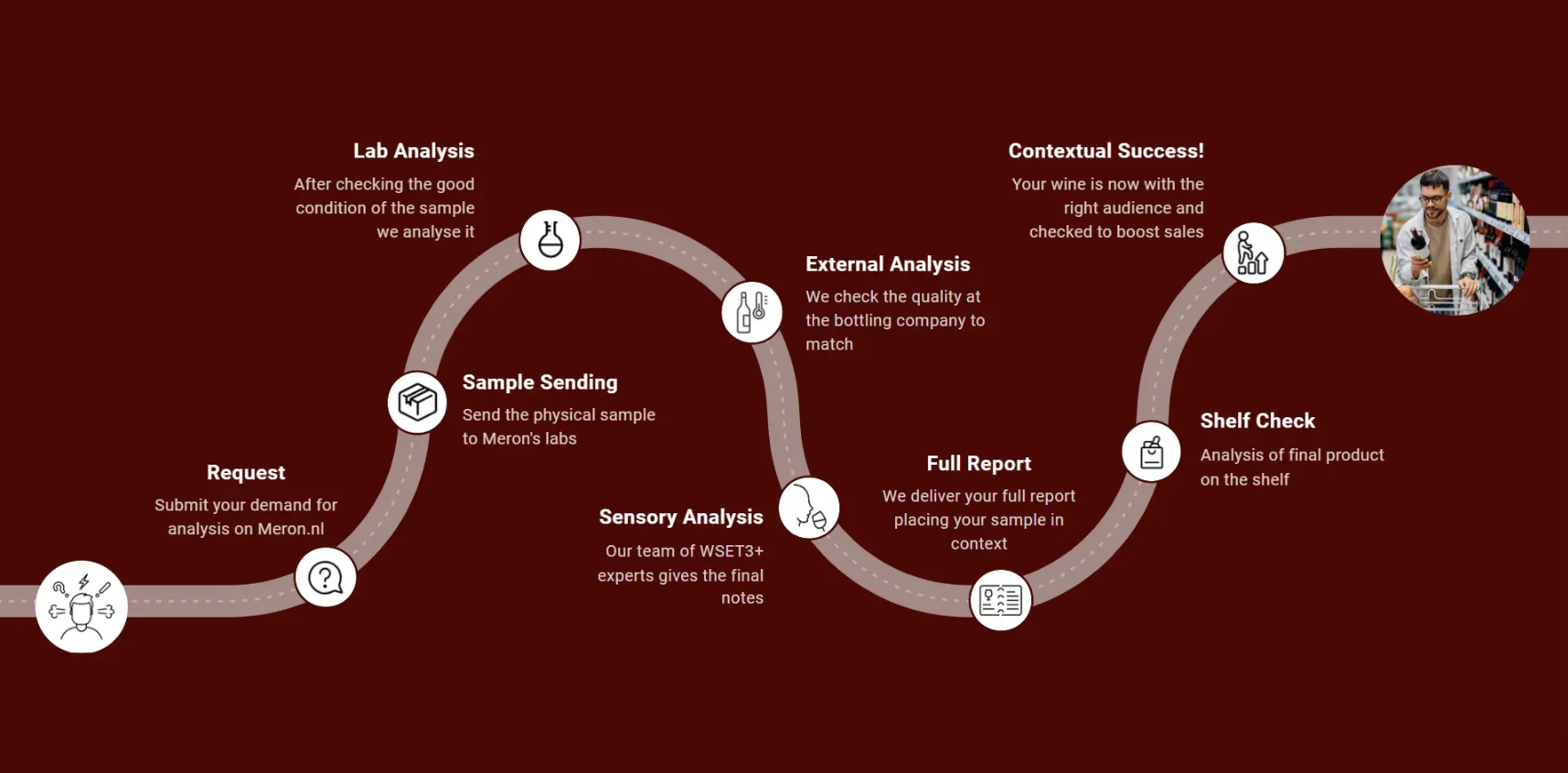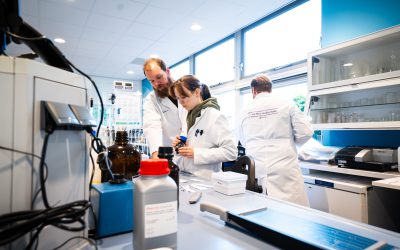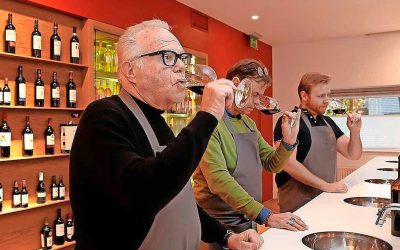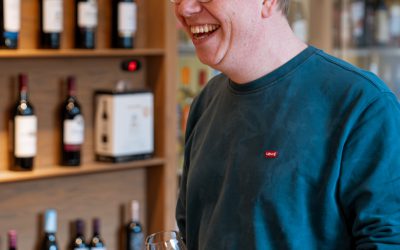Recently, one of our customers asked us to test a few Riesling samples. The objective was clear, they wanted a new Riesling in their prime shelf space. Challenge accepted! At Meron, we provide detailed and actionable insights through data and benchmarking.
🔬 What is Benchmarking?
Benchmarking in wine analysis involves comparing your Riesling’s key quality indicators, such as acidity and sugar balance, against a wide range of Riesling samples from our “wineotheque” of 350 thousand wines. This helps our customers understand where their current wine offer stands and identify areas where a new Riesling will match their consumers demographics and tastes. For example, by comparing Riesling pairings that are a sales hit at their stores with current and desired offers.
📊 Real-World Impact
The impact of analyzing is immediate and a Riesling producer can use our benchmarking data to fine-tune their production process. Sometimes, adjusting the acidity and sugar levels based on our analysis allows a Riesling wine to be more balanced and aligned with market preferences. The result? A significant increase in both customer satisfaction and sales.
Here’s how it works:
- Acidity Levels: Our analysis revealed that the optimal acidity level for Riesling, ensuring that crisp and refreshing taste, is around 4.90 grams H2SO4/L. By targeting this level of Sulphuric acid, producers can achieve that signature Riesling zing.
- Sugar Content: Balancing sugar is crucial for the overall taste profile. Our data indicated that a sugar level of 8 grams/L is ideal for maintaining the perfect balance between sweetness and acidity in a dry (Trocken) Riesling.
- Ethanol Levels: Low alcohol is becoming increasingly popular with dry Rieslings between 10.5 – 11% becoming increasingly successful and appreciated.
💡 Why It Matters
By benchmarking your Riesling, you not only enhance its quality but also ensure it meets the evolving preferences of your consumers. We help you define the perfect Riesling for the best price point for your customers.
This scientific approach provides a clear, objective path to continuous improvement and alignment between your target customer and your offer.
🔍 Curious to Learn More?
What specific qualities do you look for in a Riesling? We can let you know in a 96-hour turnaround time.
